 Last week, I broke down what authors can expect from advances and royalty rates of traditional publishers. Today, as promised, we’re going to take a look at the self-publishing side of things.
Last week, I broke down what authors can expect from advances and royalty rates of traditional publishers. Today, as promised, we’re going to take a look at the self-publishing side of things.
I’ve been exploring the world of self-publishing for the first time as I intend to self-publish my upcoming novella, THESE SAVAGE BONES. I’m learning as I go, and I want to share what I’ve learned with you to help make your publishing journey a little smoother. So today, let’s delve into the costs of self-publishing and what sort of profits you can expect.
Self-Publishing Costs
When you publish your book with a traditional publishing house, you’re not expected to pay any of the costs involved in creating the book. But when you self-publish you become the publisher, so all of these costs are left up to you. What kind of costs are we talking here?
- Cover Design
- Editing
- Formatting
- Marketing
Now, how much you spend on all of these can vary widely. Indie authors have published books on budgets of a couple hundred dollars to a couple thousand.
While you don’t have to spend thousands, you do want to make sure you’re putting out a high-quality product. You want your book to look professional inside and out to build trust and credibility with your readers.
So how about much should you expect to spend? Keeping in mind these numbers vary widely, here’s a very rough average: Cover Design ($100) + Editing ($1,200 for a 80k word story) + Formatting ($60)= at least $1,360, plus marketing.
How much should you spend on marketing? Again, that’s another number that varies widely. Maybe you don’t want to spend any money on marketing. Maybe you just want to spend $20 on Facebook ads. Or maybe you want to buy a Kindle for a giveaway. You can do whatever fits your budget.
I know it can be scary spending money on something that isn’t making you money yet. A lot of indie publishers say to view these costs as an investment rather than an expense since once your book is published it will continue to earn you money from royalties without any additional work on your part (except maybe some marketing).
While this is a good mindset, I’m going to be honest with you–just like with a traditional publishing house, when you publish your book you run the risk of it flopping. It might not earn back the money you put into it, or you might just break even. There’s really no way to know until you try.
With any sort of business there is some amount of risk, and as a self-publisher you are now a small business owner. And as any business owner knows, you must spend money to make money. I don’t want you to be afraid to take the risk to pursue your publishing dreams, but I do recommend you be smart about it. Spend what you can afford, and stay within your budget.
Self-Publishing Royalties
As we get into royalties in the self-publishing world, I’m going to specifically be looking at Amazon since it’s the most popular and has some of the highest royalty rates. However, there are are other platforms where you can sell your book such as Kobo, Google Play, Nook, and iBooks.
You might decide to just stick with Amazon, or you could sell your book on multiple platforms to create multiple streams of income. I’d recommend testing out different platforms to see what works for you and where your book might sell well–you never know!
When you self-publish through Amazon your have two options:
1) Kindle Direct Publishing (KDP)–This allows you to publish your e-book on Amazon for Kindle.
2) Create Space—Owned by Amazon, this allows you to publish print books. Amazon prints the books as they’re purchased and delivers them for you, and you don’t have to pay anything up front. The cost of printing the book is taken out of the profit. Your book will only be sold on Amazon, though you can pay a fee to sell it through other retailers such as Barnes and Noble.
So what are some of the main differences between traditional publishers and Amazon in terms of royalties? Unlike traditional publishers who only send out royalty checks twice a year, Amazon pays out royalty checks monthly as long as you hit the $100 minimum. Amazon authors also receive larger royalty rates, and as a self-publisher you don’t have to pay an agent their 15% of your profits for their services.
The other major difference is that in self-publishing, you don’t receive an advance. That means your book doesn’t have to pay back its advance before you start receiving royalties–you begin receiving royalties right away. (For a more in-depth explanation of advances, click here).
E-book Royalties
So what do Amazon’s royalty rates look like? First, let’s take a look at the e-books:
- E-books priced between $0.99-$1.99= 35% royalty rate
- E-books priced between $2.99-$9.99= 70% royalty rate
- E-books priced above $9.99= 35% royalty rate
Compared to the traditional publishing average of a 25% royalty rate for authors, these numbers look pretty good. Also, remember that as a self-publisher you also won’t have to give an agent her 15% cut of your earnings. Even better.
If you’re wondering about how much to charge for your e-book, let me take a moment to beseech you to please price it at least at $2.99. Your book is worth at least as much as a cup of coffee, and after all the work you put into it you deserve that 70% royalty. You might do a temporary sale or promotion for less, but please don’t undervalue your work. Mmk?
Print Book Royalties
So what about print books? First of all, Create Space only prints paperbacks, not hardcovers (thought I should point that out). Royalties also get a little trickier here, as Amazon calculates your royalties based off the cost it will take them to print the book, which seems fair enough to me. You can use their royalty calculator here to get a rough estimate. Let’s do a little math, shall we?
Let’s say you’re printing a 300 page novel with a standard 5.5″ x 8.5″ trim. Let’s say you set your list price at $12.99. After you add up Amazon’s costs & cut (the numbers listed in the right-hand column if you’re using their calculator), which total $10.02, you’re left with a profit of $2.97. That comes out roughly to a 23% royalty rate.
Now, that might not seem like much, but do you remember the royalty rate of a traditionally published paperback? It was: 8% for the first 150,000 copies sold, then 10% after. (Plus, remember, you have to pay your agent 15% of your profits.)
That means for that same paperback book you’d receive an 8% royalty of $1.04 per sale, minus your agent’s 15%.
Looks a lot better now, doesn’t it?
The Down Side…
But how many books can you expect to sell? Remember that in the U.S. on average, a (traditionally published) book sells around 250 copies per year and 3,000 in its lifetime. But for self-published books, the average is 250 copies sold in its lifetime. Ouch.
That means your $12.99 paperback with its profit of $2.97 per copy would make you a grand total of $742.50. And do you remember that $1,360 cost of creating the book we averaged out earlier? Yep, you didn’t actually make a profit. Double ouch.
The advantage to a traditional publisher is that you don’t have to fear losing money because the publisher is investing in the book, not you. And, a traditional publisher will pay you an advance (anywhere between $5k-$15k), which you won’t have to pay back even if the book loses the publisher money. So in traditional publishing, there’s no financial risk for the author.
Don’t Give Up
I know these numbers can seem disheartening, but you have to remember that they’re just that–numbers. Averages. Statistics. You have no idea how your book might do until you put it out there, so don’t let the numbers stop you from trying. You might sell 500, 1,000, or 10,000 copies–who knows.
Building a loyal readership, putting efforts into marketing, and publishing a back list books to create multiple income streams are all things you can do to increase your odds of success. And, of course, writing a kick-ass story.
Whether you choose self-publishing or traditional publishing, neither road is going to be easy. They both have their advantages and disadvantages. And with either one, it’s going to be really hard to make a living as an author. This is why most authors write for the love of it, not for the money.
But if seeing your books published is your dream and passion, as it is mine, never give up. Keep publishing, keep trying, keep failing, keep learning. And most importantly, keep writing because it’s what you love.
 My upcoming novella, THESE SAVAGE BONES, is a YA murder mystery set in 19th century Mexico against the backdrop of the traditional festival Dia de los Muertos–the Day of the Dead.
My upcoming novella, THESE SAVAGE BONES, is a YA murder mystery set in 19th century Mexico against the backdrop of the traditional festival Dia de los Muertos–the Day of the Dead.
THESE SAVAGE BONES will be released on Oct. 25th, and you can read more about the story and sign up for a publication reminder by clicking here.










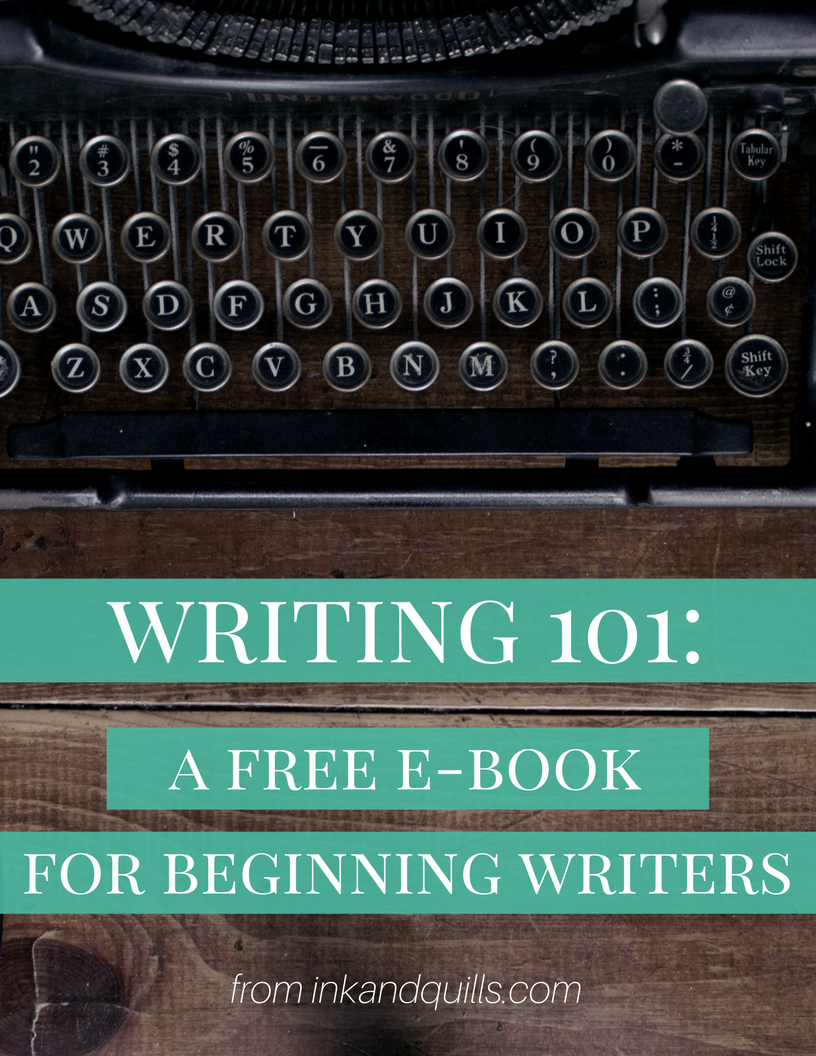

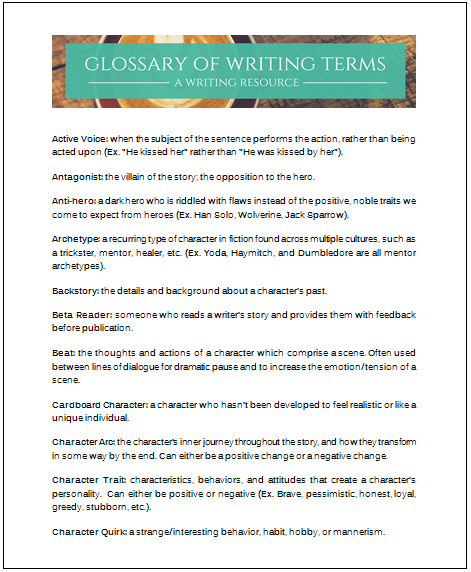

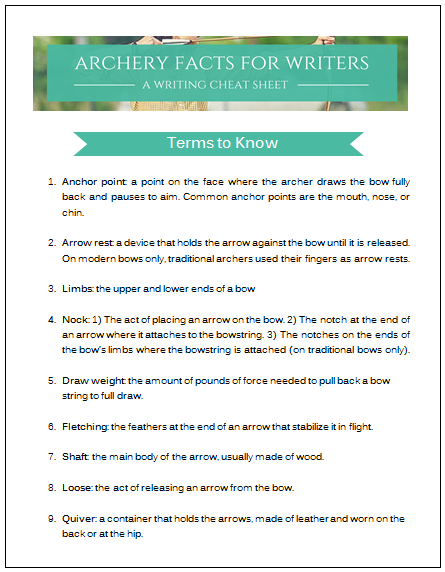



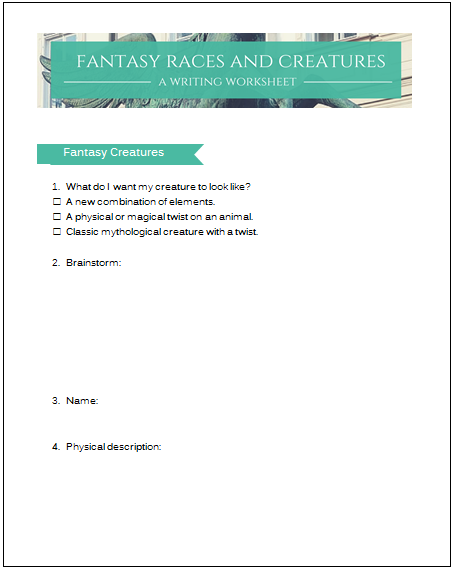


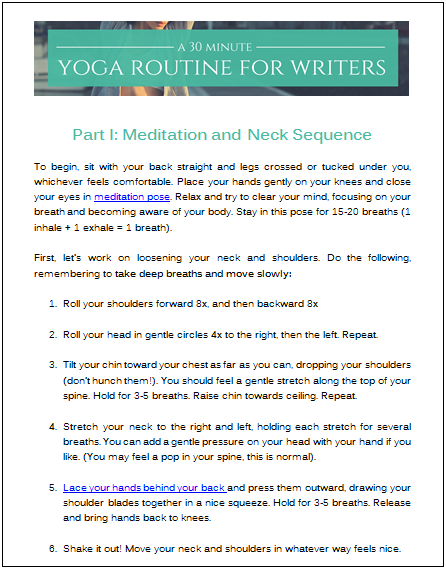
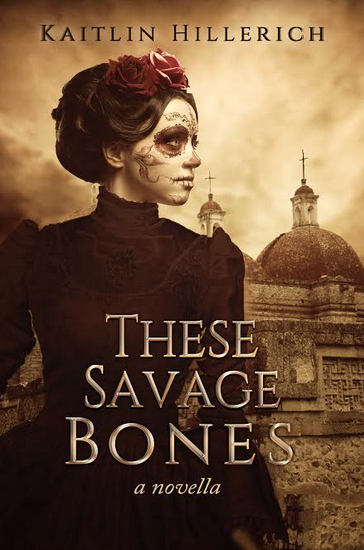
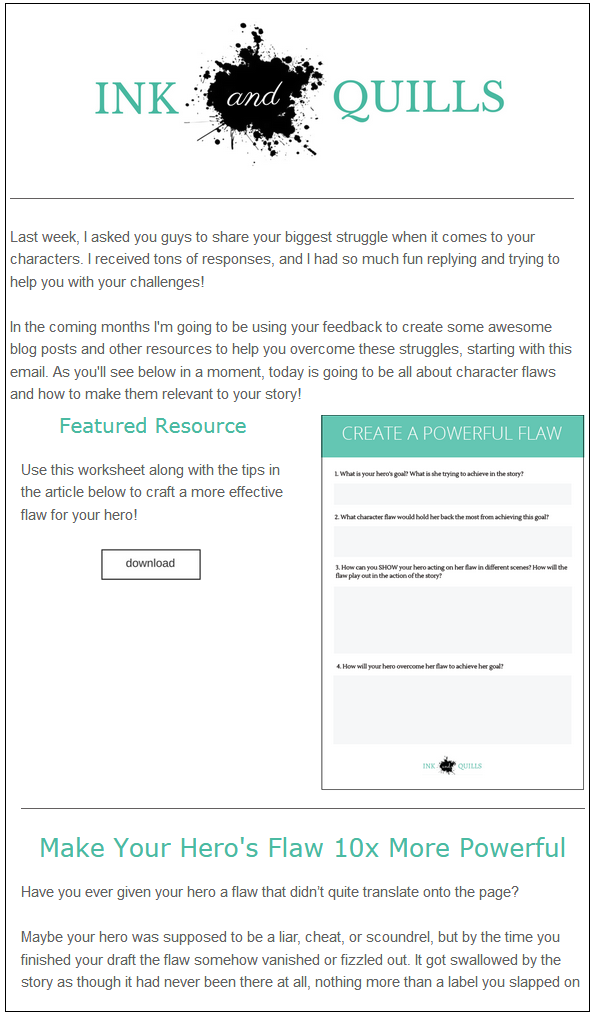
Thanks so much for these last two posts showing the differences, pros, and cons of traditional and self-publishing. Lots of time, research, and work went into that, and I really appreciate you sharing it with us. Blessings in your career.
Thank you, Laurie, I’m always happy to share what I learn!
You are killing it with these publishing breakdowns, Kaitlin. Thanks for the awesome info!
Thanks, Kristen! 😀
One thing to keep in mind about giveaways is this: The purpose of a giveaway is to build your email list. However, giveaways tend to bring in low quality subscribers. What do I mean by “low quality subscribers”? Well, ideally, you want subscribers who are there because they like your fiction, and who want to stick around to read more of it.
A Kindle giveaway will attract a LOT(!) of attention, but the attention will be on the Kindle not on your book or your fiction. The result is that many will subscribe short-term simply to stick around for the Kindle, then they’ll skidaddle once they have it in hand, and the size of your email list deflates. Therefore, giveaways are better when what’s being given away is more relevant to YOUR fiction. A Kindle giveaway, however, is good when you run it exclusively with existing subscribers on your list who have proven their worth by remaining on your list. In that case, you’re adding value to faithful subscribers, which is always a good thing.
If you’re starting from ground-zero, however, a giveaway — even a Kindle giveaway — is a halfway decent way to get things moving. Your true conversion rate (the percentage of subscribers who stay around) will be low, but that’s better than nothing. I’ve heard that King Sumo is one online venue through which you can conduct your giveaway, and EpicWins is another.
A better giveaway is a bundle of books within your own genre, and maybe even include one of your own books in the mix (promoting others’ stuff will only help you). This is better because it targets the kind of subscriber you want — readers; and not just any kind of reader, either; readers of your chosen genre. A book bundle giveaway won’t attract as much attention as a public Kindle giveaway, but you’ll get better quality subscribers out of it, which, when you look at it long term, is by far the better option.
What follows is technical and involves math, but I spent many years maintaining cellular switches (in addition to writing science fiction and fantasy), so I enjoy good, solid technical analysis. I do try to keep things relatively simple, though.
As averages are concerned, the thing to remember here is that an average is simply the central value of the sum of a range of numbers. The way to read an average is this: half of the books out there did WORSE than that average, and the other half did BETTER. Therefore, based on that, you have a 50/50 chance of doing better than average. Admittedly, this includes a *lot* of assumptions — e.g., your story is good, the editor was competent, you listened to your editor (which isn’t required) and you kept her suggestions, and your book has a decent and attractive cover — but you can do better than average and still not turn a profit. However, averages don’t really tell you a lot and honestly aren’t very useful until your book is on the market and selling (or not). It’s only *after* your book is out there that you’ll discover whether your book has done above or below average. For that reason, don’t pay much attention to averages until they’re applicable.
One other thing to keep in mind is Amazon’s technology (or delivery) fee, which is 15¢ per megabyte. This *does* include your cover image, by the way. If your image is a JPG, and it meets the minimum dimensions recommended by Amazon and is a 16-bit image, then your cover image will be about 3mb.
As for your book itself, it takes about 300 pages of single-spaced text on letter-sized paper to equal 1mb. A 90,000 word novel in the old (pre-computer) standard manuscript format (double-spaced with 1-in margins using a monospace font, like Courier) will be about 360 pages. Make it single-spaced, and we’re down to about 170-180 pages. So, the text files for the majority of novels won’t come close to topping out at 1mb. They’ll be closer to 0.5mb. Given the image file calculation above, most books will be about 3.5mb. Also, Amazon *does* pro-rate the delivery fee by basing it on the file size calculated to the nearest kilobyte, and the calculation below *does* make that assumption.
The formula Amazon uses is this: 0.7 x (bk price – tax – delivery fee). In the US, no taxes are charged; if you sell in the UK, then the British VAT (value added tax) will be subtracted. (You can find that info and more of what I said above here: https://kdp.amazon.com/help?topicId=A29FL26OKE7R7B )
So, on a 3.5mb ebook priced at $6.99, the author’s royalty will be:
0.7 x ($6.99 – 53¢) = $4.522
You’ll need to keep that two in the thousandths place and not round down because it will apply if you sell a LOT of books — i.e., 1000 books @ $4.522 ea. = $4,522.00; traditional publishers do the same thing with their calculations.
As a brief follow up, this blog entry — http://blog.180g.co/2015/03/three-myths-about-amazon-delivery-costs/ — produced by the folk who created Vellum — https://vellum.pub/ — a Mac-only platform for creating ebooks for all platforms, note that the actual file size of the .mobi book produced by Amazon does tend to be smaller than what you think, so my calculations above are almost certainly on the high side.
Thanks so much for this post. I’m currently in the process of deciding which publishing route to take (or try to take, I should say), but there are so many details to consider that it tends to get overwhelming. Seeing how everything potentially breaks down helps clarify the process a bit, so thank you. I’m really looking forward to reading “These Savage Bones”! 🙂
I’m so glad this post was helpful to you, Meghan! It is confusing trying to decide which way to go with publishing, and there are pros and cons to both. Another thing to consider too is that you can always self-publish and then if you change your mind later you can still pitch your book to traditional publishers 😉 And thank you, it makes my day to hear that 😀 I can’t wait for you to read it as well!
Nice follow-up to your previous post. I’m still holding out for an agent a traditional publisher on my next book, although taking a small press deal on the first hasn’t brought in very many sales.
I think a lot of it depends on the person. Self-publishing takes a lot of work and does often involve some upfront costs, but if you’re a writer who would rather be in complete charge of your career, it might be the better option for. I’ve met plenty of author who have made a ton of money self-publishing, and then others who haven’t made a penny. It all depends on the quality of the writing and how much work the author is prepared to put into it.